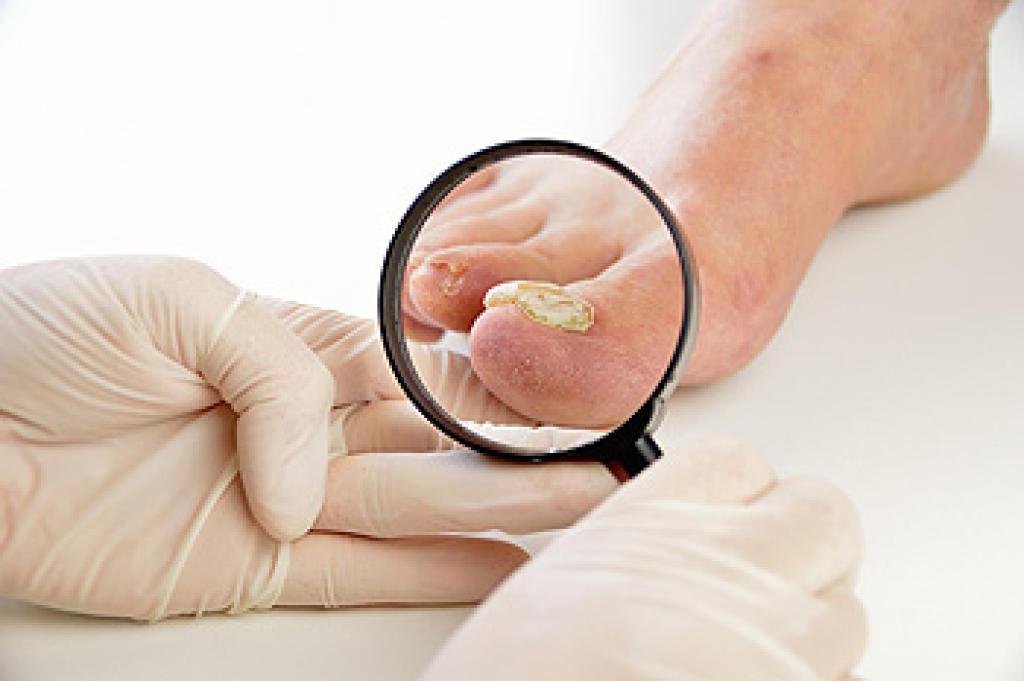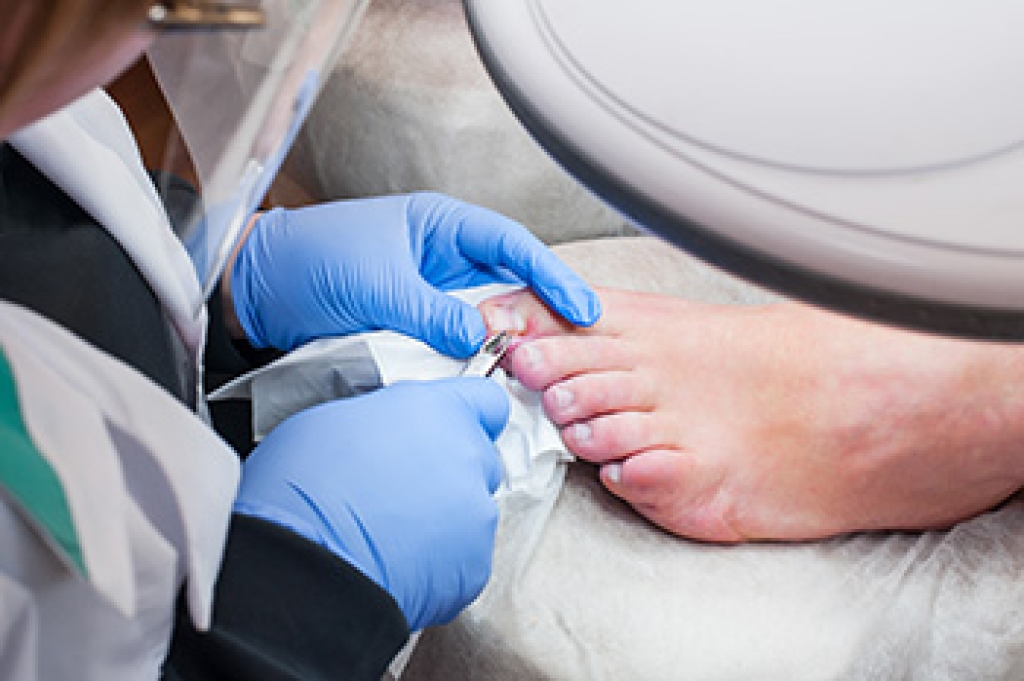
Cracked heels occur when the skin on the heel becomes dry, thick, and unable to stretch, leading to painful splits that can widen and deepen over time. The heel may look rough, flaky, or yellowed, and, in more severe cases, the cracks may appear red or inflamed. It may feel sore, tight, or sharp with each step, and standing for long periods of time can increase discomfort. Common causes include dry skin, wearing ill-fitting footwear, prolonged barefoot walking, obesity, and underlying conditions like eczema or diabetes. A podiatrist can begin by assessing the severity of the cracks, checking for infection, and identifying any mechanical issues that contribute to excess pressure on the heels. Treatment options include gentle debridement of thick skin, moisturizing therapies, advice on proper footwear, and guidance on long-term skin care routines. Because early care can prevent worsening and support healthy skin recovery, it is suggested that you schedule an appointment with a podiatrist for effective treatment solutions, which may include prescribed medication.
If the skin on your feet starts to crack, you may want to see a podiatrist to find treatment. If you have any concerns, contact Elie C. Daniel, DPM from Illinois. Our doctor can provide the care you need to keep you pain-free and on your feet.
Cracked Heels
It is important to moisturize your cracked heels in order to prevent pain, bleeding, and infection. The reason cracked heels form is because the skin on the foot is too dry to support the immense pressure placed on them. When the foot expands, the dry skin on the foot begins to split.
Ways to Help Heal Them
- Invest in a good foot cream
- Try Using Petroleum Jelly
- Ease up on Soaps
- Drink Plenty of Water
Ways to Prevent Cracked Heels
- Moisturize After Showering
- Skip a Shower
- Keep Shower Water Lukewarm
- Don’t Scrub Your Feet
If you are unsure how to proceed in treating cracked heels, seek guidance from a podiatrist. Your doctor will help you with any questions or information you may need.
If you have any questions, please feel free to contact our offices located in Princeton, Peru, and Mendota, IL . We offer the newest diagnostic and treatment technologies for all your foot care needs.




